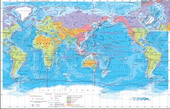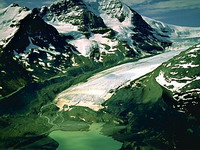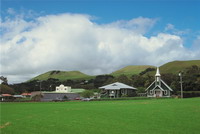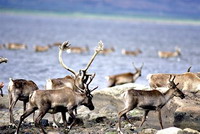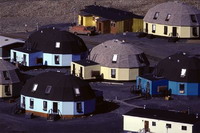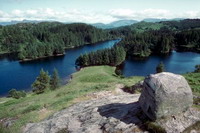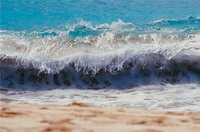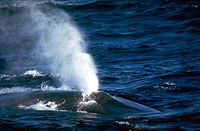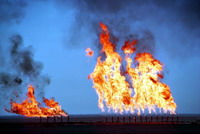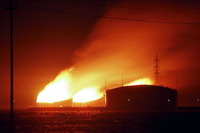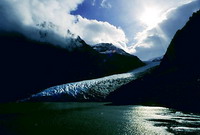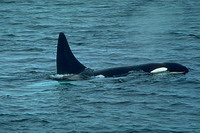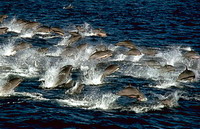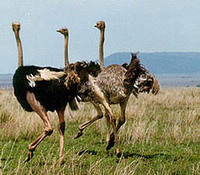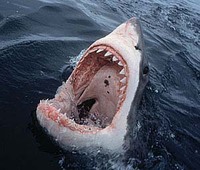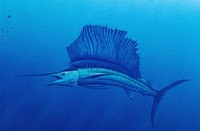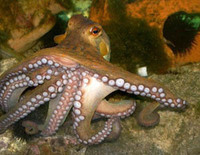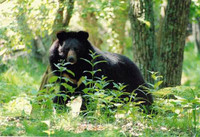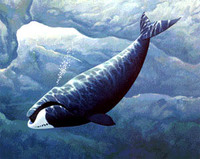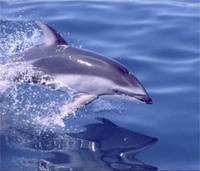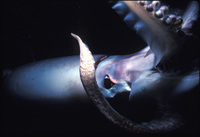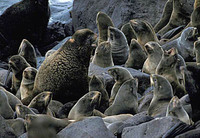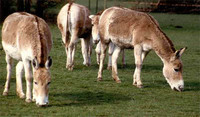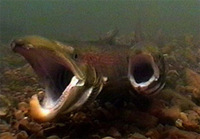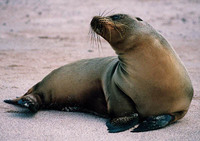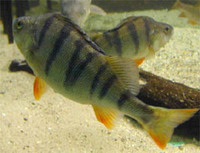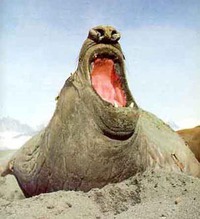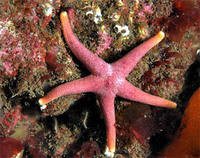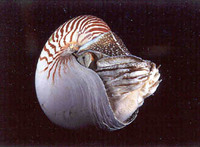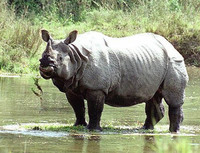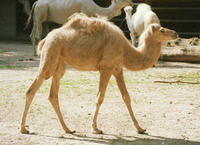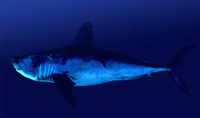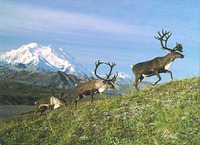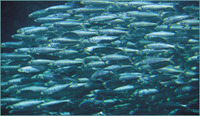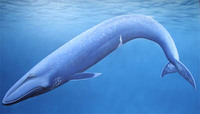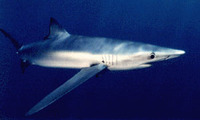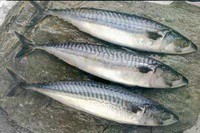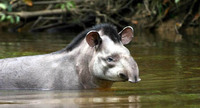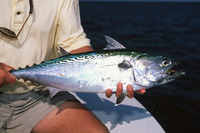361 million square meters. km, or 71% of the surface of the globe covered with water. Continuous water forms a shell of the Earth Oceans. Water volume in the World Ocean is one billion 338 million cubic kilometers, the average depth is 3795 m and the maximum reaches 11 022 m (Marianas Trench). Depending on the seabed structure, outlines the shores of continents, water mass properties in the World Ocean allocate separate oceans, seas, bays, straits. Oceans make up most of the oceans. Oceans are beyond continents, and in southern latitudes - the meridian line drawn from the extreme points of continents to Antarctica. The largest of the oceans are the Pacific, which occupies a third of the surface of the globe. The waters of the South Pacific, Atlantic and Indian oceans by natural properties differ significantly from the northern areas. Therefore, in recent years, scientists and hydrologists oceanologist pryantarktychni emit water supply in a separate Southern Ocean. Similar in properties of water is the smallest ocean - the Arctic.
Sea known as part of the ocean that deep comes in dry or separate islands and peninsulas. There Sea: okrayinni who had resorted to dry land, the Mediterranean, which are in the mainland, or between the mainland and connected to one or more ocean straits and mizhostrivni sea. Gulf call of the ocean or sea that is not deeply in the dry but has a wide relationship with the ocean. Strait - a relatively narrow space of water that connects two adjacent water area and separate areas of land.
The surface of the oceans is never quiet.

Under the action of wind waves occur, which typically have a height of several meters, but in some cases, with very strong wind, the height of ocean waves can reach tens of meters. This water practically does not move horizontally. Occur only vertical vibrations. Only under constant winds of water masses can move horizontally, forming a wind flow. Currents move large masses of water from one area to other oceans, resulting in properties brought masses of water may differ materially from the surrounding waters. There are cold and warm currents. However, this term is relative. If the water temperature in the flow of warmer water in the surrounding ocean, such a trend is hot, if it colder water - cold. That is why the warm water currents may have a lower temperature than in cold. For example, in July the North Atlantic warm water flow with temperature 8 ° C and cold water flow Benhelskoyi warmed to 20 ° C.
Waves can occur not only under the influence of wind, but also by undersea earthquakes (moretrusiv). Such waves are called tsunamis. They can reach huge sizes (up to 30-35 m), and move at speeds of 700-800 km per hour. Nakochuyuchys ashore tsunami causing catastrophic damage. Most tsunamis occur in the Pacific coast.
As you know, all the planetary bodies have gravitational force that draws them together. Gravitational force of our "cosmic neighborhood - the Moon and the Sun, draw water of the oceans, causing periodic fluctuations in water levels and tides ebb. Such changes in water level takes place every 6 hours. They depend not only on the relative positions of Earth, Moon and Sun, but also on geographic latitude, depth of sea, coast line. In some places the height of the tidal reaches 18 m (Bay of Fundy in the Atlantic Ocean), while the open ocean tidal height does not exceed 0,5 meters.

Because river water containing dissolved salt water of the oceans are salty. Ocean salinity slowly increases as the water evaporates, salt remains in the ocean, fitting in and accumulated sediment. Salinity measured in ppm - th particle size. Thus, the salinity in ppm - the number of grams of salt dissolved in 1 liter of water. If salinity is greater than 1 ppm, then this water is fresh. Salinity waters of the oceans in different places is different, but on average it is about 35 ppm.
Water temperature in the Pacific Ocean varies considerably, depending on latitude and depth. In the upper layers of warm water near the equator to 28 ° C, near the Pole - only to -2 ° C. With the depth the water temperature decreases, but only the first 700 m, because no further exposure to sun. At great depths all the water has the same temperature, close to 0 ° C. But near the bottom of the water is getting warmer again, because the substance is heated with warm mantle that overlies relatively shallow. Often in cracks in the crust of the ocean floor pulled out of hot water, heated to 400 ° C.

Even now the ocean remains poorly studied. This is especially true of its natural resources. Man is not fully learned to use the resources of the oceans. All living organisms that a person uses for its own use, known as biological resources. Mineral resources - is minerals that are deposited on the bottom and under the ocean bottom and valuable substances that can be extracted from seawater. Ocean has almost unlimited energy resources such as energy of tides, wind waves and currents. In the future people will be able to more fully learn the richest resources of the ocean.
 English
English



